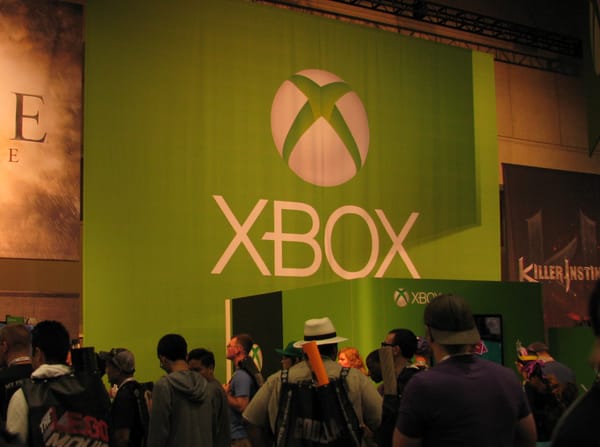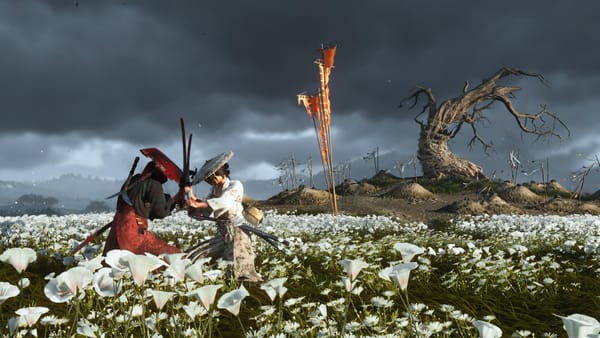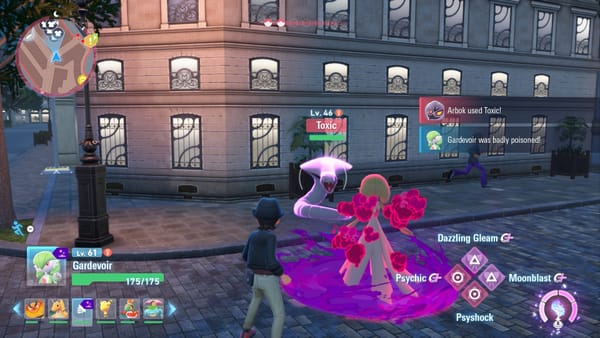Switch 2 is not meant to be subtle
Nintendo really wants you to know that this is the successor to the Switch.
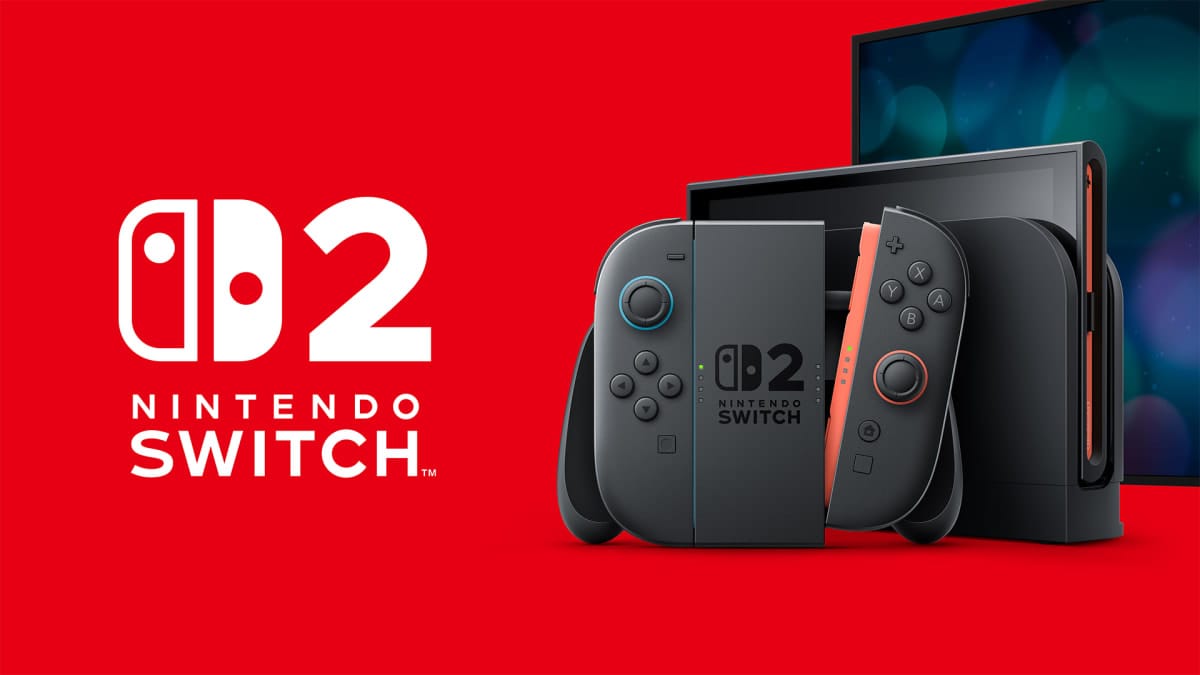
After all the leaks, after all the anticipation, we’ve officially seen the Nintendo Switch 2.
It is very much in line with what was expected: another Switch, just bigger and better. The screen is larger, as are the new Joy-Cons. They snap on magnetically and appear to be able to function as a mouse. There’s a new USB-C port on top. It can play Switch 1 games. It is presumably far more powerful than the original, but all we saw was a brief glimpse at a new Mario Kart. (We should see more games at the Switch 2 Nintendo Direct on April 2.)
One of the most notable things for me is the branding. Before it was announced, one popular name for the new console on social media was the Super Switch. It's a fun name that feels like a neat reference to the Super Famicom/Super NES era.
In comparison, the system’s actual name isn’t very fun; the Switch 2 branding, with the number 2 just as large as the rest of the logo itself, looks slightly clumsy and even comical. They even put a slide in the trailer plainly stating that this plays “Nintendo Switch 2 exclusive games.” It is about as obvious as you can get.
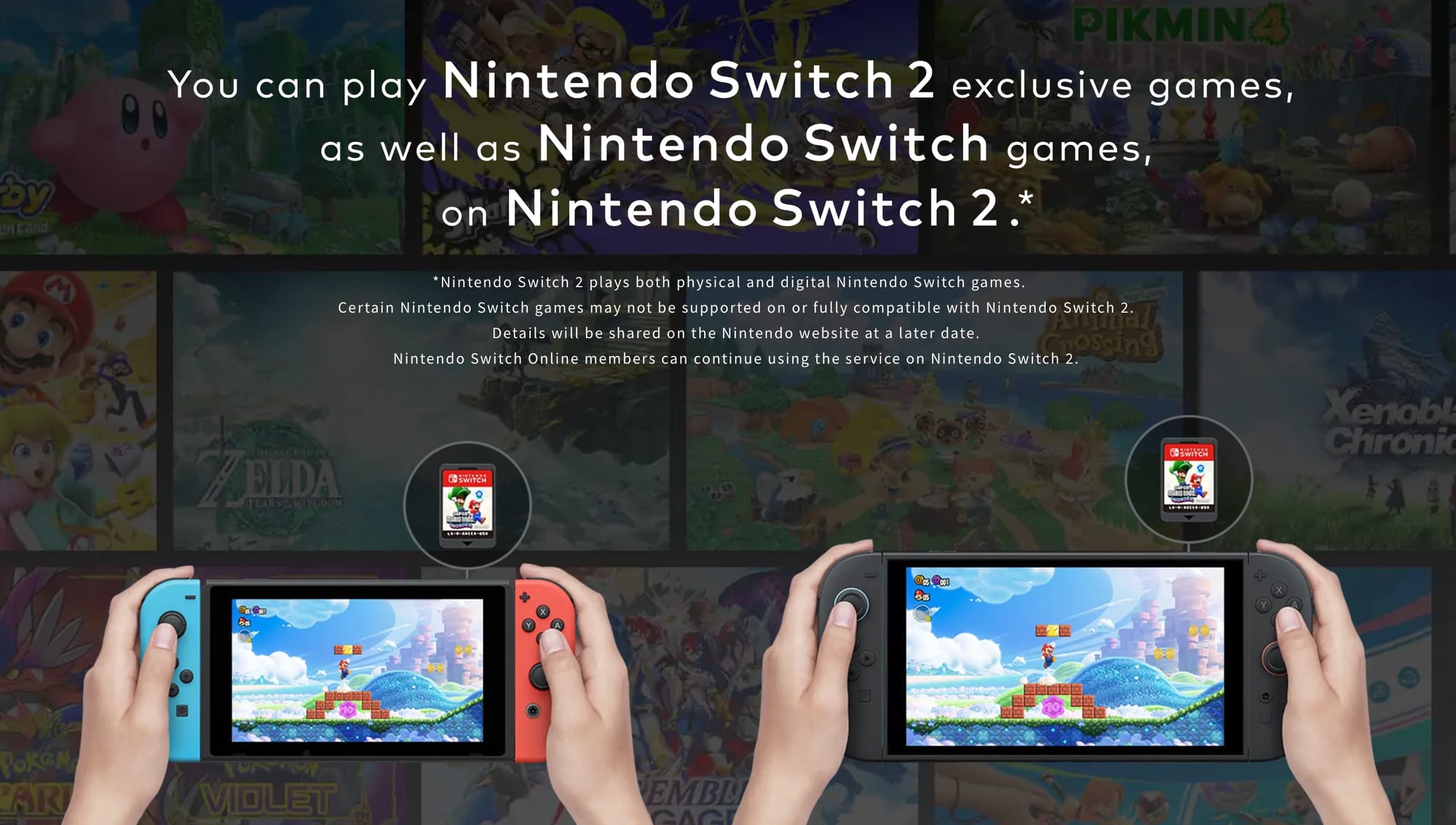
And all this is by design. Nintendo wants to be absolutely clear that this is the successor to the Switch. They want you to know that this is an all-new console because they don’t want a repeat of the Wii U.
The Wii was a huge hit. It sold over 100 million consoles and was, at the time, Nintendo’s best-selling home console. It makes sense that Nintendo wanted to tap into some of that success by carrying over the branding and ideas of the Wii to the console that followed, the Wii U.
It didn’t work. The Wii U was Nintendo’s worst-selling home console.
So, what happened?
Sticking with the Wii branding may have made sense, but it also meant Nintendo had to clearly differentiate the Wii U to make sure people knew this was an entirely new system. They didn’t do that.
Take a look at the first trailer for the Wii U from the system’s unveiling at E3 2011. There is nothing in this trailer to indicate that it’s an all-new system. Everything in there is about the “new controller.” I watched this event live with some tech reporters from mainstream news organizations and they assumed that the Wii U was literally a new controller for the Wii — an accessory, not an entirely new system.
As odd as that sounds, rewatching the trailer, I understood why they thought that. You never get a clear look at the system itself; even if you did notice it in the background under the TV, it doesn’t look different enough from the Wii to suggest it’s a whole new generation of hardware. Players in the trailer are shown using the Wii Remote, again suggesting that they’re playing on the original Wii.
The Wii U was Nintendo’s first HD system, capable of far better graphics than the Wii was able to produce. This should have been a major selling point. But not only do Nintendo show a series of games with simplistic graphics that looked similar to Wii games, they also feature what looks like Wii Sports, the older system’s signature title. It’s only at the end, with a Zelda demo, where you see a game that is clearly too advanced for the Wii.
With that in mind, I’m not sure throwing a quick look at the new Mario Kart in the Switch 2’s unveiling necessarily helped here. Just as Wii U games didn’t immediately look better than Wii games, the new Mario Kart doesn't look like an obvious step above the original Switch; indeed, more than a few people have commented that they didn't realize this was a new game – they thought it was Mario Kart 8 Deluxe.
Still, the glimpse of the new Mario Kart was brief, and the rest of the trailer was so blunt about this being the successor to the Switch that the message should sink in.
It is also worth noting that the Switch 2 will arrive into a very different situation than the Wii U. The Wii and Switch are Nintendo’s two most successful home consoles, but this chart shows the sales figures by fiscal year after each system launched, allowing us to compare sales at similar points in their lifespan.
The Switch continues to sell well much further into its lifespan than the Wii did. The Wii peaked in year 3, while the Switch peaked in year 5. Three years after peaking, Wii sales were down 62% while Switch sales were down 46%. The Switch 2 should benefit from more momentum from its predecessor than the Wii U did.
And while we have yet to see the Switch 2 game lineup, it appears that Nintendo has also taken steps to avoid the software droughts that plagued the Wii U. Earlier this week I wrote about how many of Nintendo’s biggest developers have seemingly gone quiet, with 2024’s slate of releases filled by outside developers or smaller titles, suggesting that Nintendo is focusing their efforts on Switch 2 games. I specifically noted that the Mario Kart team hadn’t shipped a game in a few years, so I’m not surprised that we’ve already seen a new one — especially since Mario Kart 8 Deluxe is, by far, the best-selling game on the original Switch.
It all adds up to Nintendo making sure they’re not repeating Wii U’s mistakes. They need you to be absolutely clear about what this is: not a refreshed version, not a Pro version, but an all-new console to follow on from the Switch. Is the 2 in the logo comically large? Yes it is, and that’s the point.



